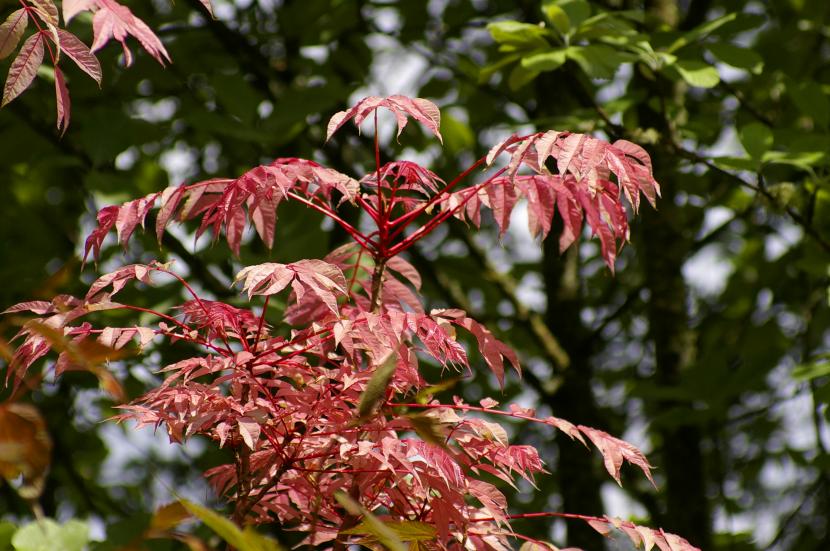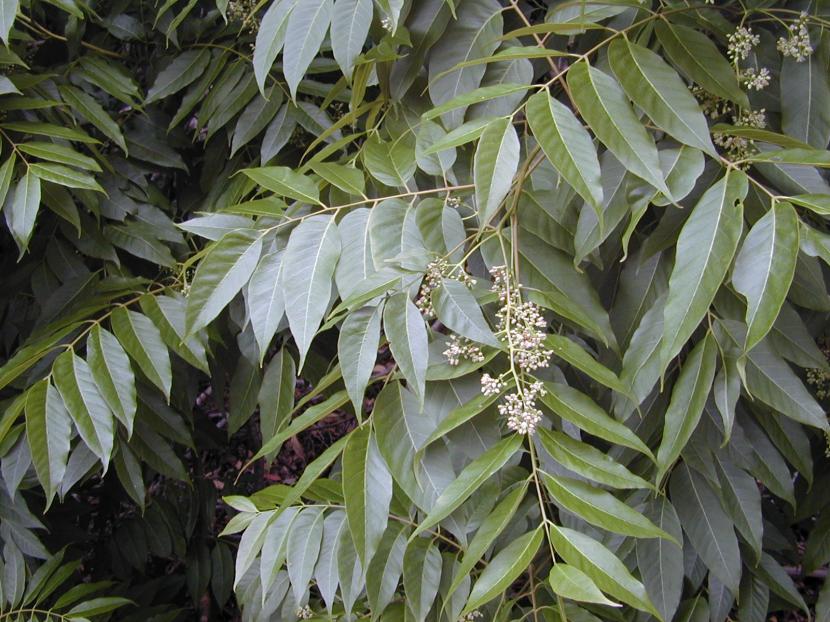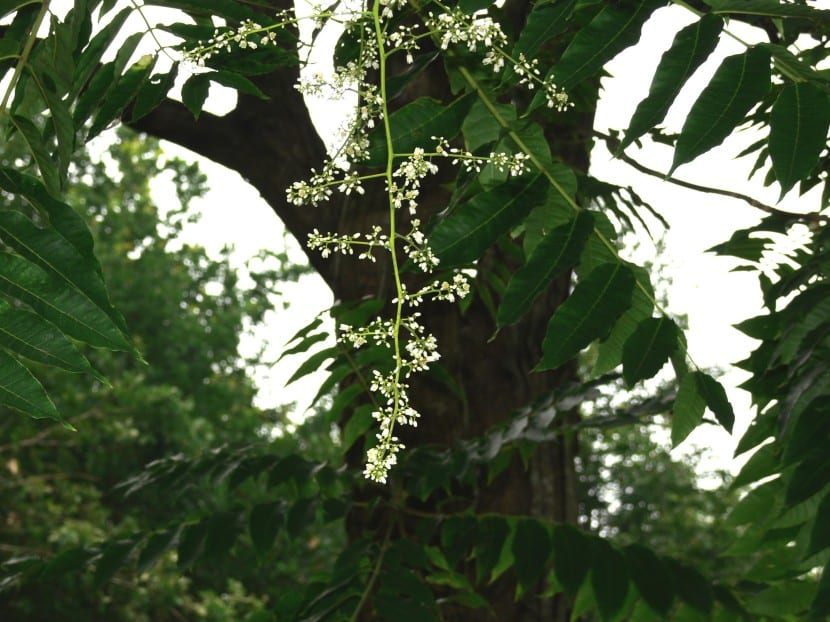
Have you ever heard of the China cedar? Its scientific name is toona sinensis (or also Cedrela sinensis). It is a magnificent tree native to Asia (China, Korea, Japan) that grows to an approximate height of about 8 meters. And, although we can only enjoy its magnificent autumn colors (top photo) in cold climatic zones with frosts down to -10 degrees, it adapts reasonably well to somewhat warm climates.
Would you like to know more about it and how to have it in your garden?
The Chinese Cedar is a deciduous tree with pinnate leaves up to 50cm in length. Its growth rate is rather medium-fast. Grows in slightly acidic soils, fertile, with a high content of organic matter.
Although it is not a specific tree to provide shade, it can be pruned for that purpose. Can be planted as isolated specimen, or use it as a tall hedge together with other Toona.

Now let's move on to cultivation. How is the Chinese Cedar grown? Too easy. Once the seeds are obtained, they can be subjected to what is known as the thermal shock, that is, we will fill a glass with boiling water, and then we will introduce the seeds in said glass for 1 second. To prevent the seeds from burning, we can help ourselves with a strainer, which will be where we will put them to soak them (and incidentally, not burn ourselves of course). Then we will put them in a glass with water at room temperature for about 24 hours. Once this time has passed, we will sow them in a seedbed, using a specific substrate for seedlings or using black peat that contains perlite. In about two months they will germinate.
It is a plant that it must be in full sun so that their growth and development are adequate. Likewise, watering will also be important (which will be carried out once or twice a week depending on the climate and humidity in the area) and fertilizers (young plants, once they have the true leaves, can be fertilize with natural or chemical fertilizers. In the latter case we will follow the manufacturer's recommendations).
Finally add that it is likely that it cannot adapt to living in tropical climates, as it is a deciduous tree that needs to feel the passing of the seasons. Otherwise, it is a tree that well worth have if you live in the right climate.
